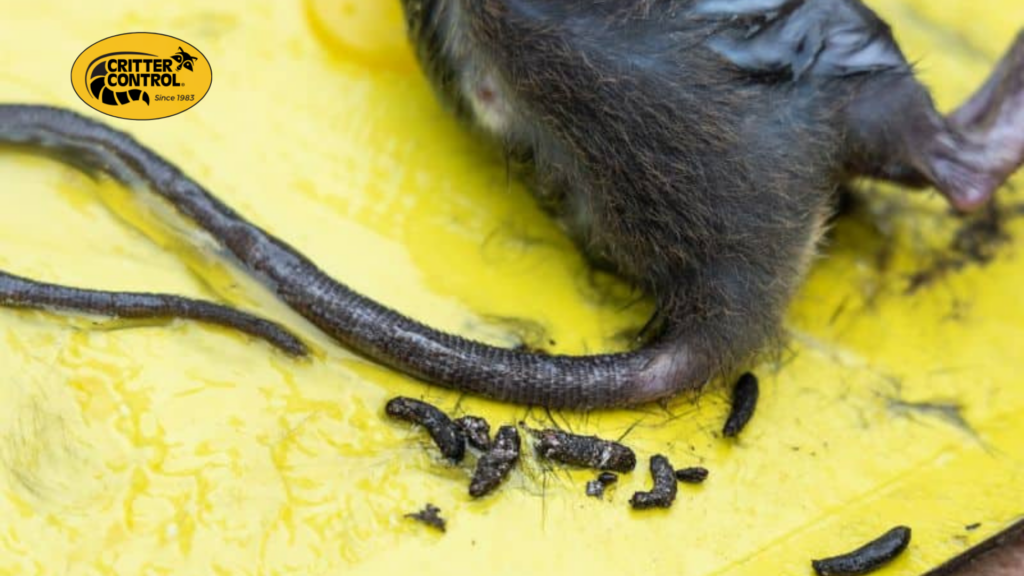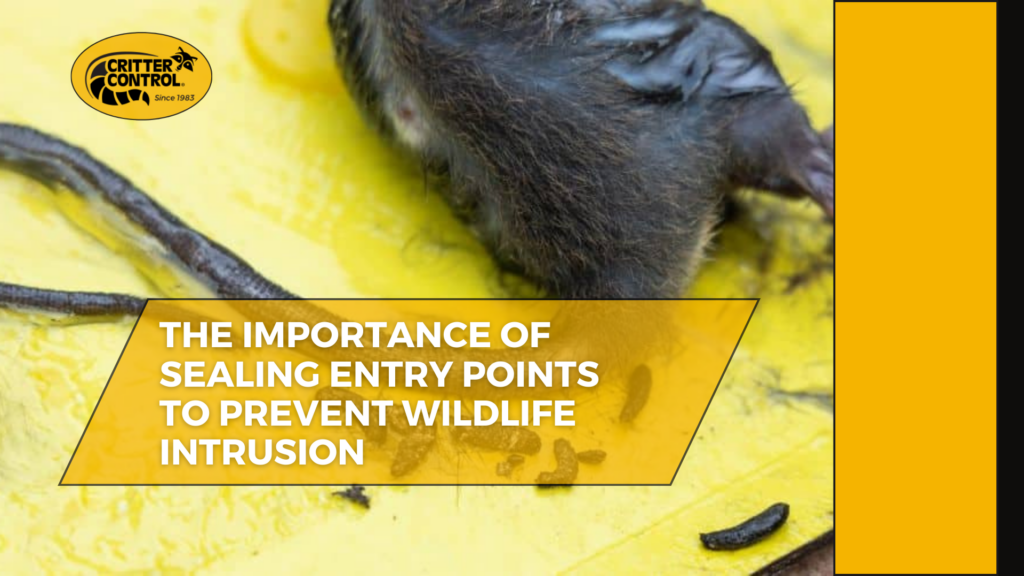Rodent infestations bring more than just the annoyance of scurrying noises and chewed wires—one of the biggest threats they pose is the spread of disease through their droppings. Mice and rat feces can carry harmful pathogens that contaminate surfaces, food, and air. Improper cleanup can worsen the risks, exposing people to severe illnesses. Understanding the dangers associated with rodent droppings and learning the safest way to handle and remove them is crucial for maintaining a healthy living environment.
Health Hazards of Rodent Droppings

Rodents are known carriers of various diseases, many of which can be transmitted to humans through their droppings, urine, and saliva. Exposure to rodent waste can occur through direct contact, inhalation of airborne particles, or ingestion of contaminated food and surfaces. Below are some of the most serious illnesses linked to rodent droppings.
1. Hantavirus Pulmonary Syndrome (HPS)
Hantavirus is one of the most dangerous diseases associated with rodent droppings. It is primarily spread by deer mice but can also be carried by other rodents. The virus becomes airborne when droppings, urine, or nesting materials are disturbed, making inhalation the primary mode of transmission.
Symptoms of Hantavirus include:
- Fever and chills
- Muscle aches
- Shortness of breath
- Severe respiratory distress
Hantavirus has no specific cure, and in severe cases, it can be fatal. This makes proper cleanup and prevention strategies essential.
2. Salmonellosis
Salmonella bacteria are commonly found in rodent feces and can cause food poisoning when contaminated food or water is consumed.
Symptoms of Salmonellosis include:
- Diarrhea
- Vomiting
- Fever
- Abdominal cramps
Rodents that invade kitchens or pantries can spread salmonella, contaminating cooking surfaces and stored food items.
3. Leptospirosis
Leptospirosis is a bacterial infection transmitted through direct contact with rodent urine or droppings. The bacteria can enter the body through cuts in the skin, mucous membranes, or ingestion of contaminated water.
Symptoms of Leptospirosis include:
- High fever
- Muscle aches
- Liver and kidney damage
- Jaundice (yellowing of the skin and eyes)
This disease is particularly dangerous in humid or wet environments, where rodent waste can mix with water sources.
4. Lymphocytic Choriomeningitis Virus (LCMV)
LCMV is a viral infection carried by common house mice. It can be spread through direct contact with mouse droppings or inhalation of airborne particles.
Symptoms of LCMV include:
- Fever and fatigue
- Headaches
- Neurological issues such as meningitis or encephalitis
Pregnant women are at greater risk, as LCMV can cause severe birth defects if transmitted to the fetus.
5. Allergic Reactions and Asthma
Even if rodent droppings don’t carry disease, they can trigger severe allergic reactions in sensitive individuals. Dried droppings and urine can turn into airborne particles, worsening asthma symptoms and causing respiratory distress in people with pre-existing conditions.
How to Safely Clean Up Rodent Droppings
Cleaning up rodent droppings requires careful handling to avoid spreading harmful pathogens. Follow these steps to ensure a safe and thorough cleanup:
Step 1: Gather Protective Gear
Before beginning, wear proper protective equipment to minimize exposure to bacteria and viruses:
- Disposable gloves (rubber, latex, or vinyl)
- N95 respirator mask (to prevent inhalation of airborne particles)
- Protective goggles (to shield your eyes from dust and contaminants)
Step 2: Ventilate the Area
Open windows and doors for at least 30 minutes to allow fresh air circulation. This helps disperse airborne contaminants before cleanup begins. Do not use fans, as they can spread particles into the air.
Step 3: Disinfect Before Sweeping
Do not sweep or vacuum rodent droppings while they are dry, as this can release harmful particles into the air. Instead:
- Prepare a disinfectant solution of 1 part bleach to 10 parts water.
- Spray the droppings thoroughly and let the solution sit for 5–10 minutes to kill bacteria and viruses.
- Use paper towels or disposable rags to carefully wipe up the droppings.
Step 4: Proper Disposal
- Place all contaminated materials (paper towels, gloves, and droppings) in a sealed plastic bag.
- Dispose of the bag in an outdoor trash bin immediately.
- Wash hands thoroughly with soap and hot water after finishing.
Step 5: Deep Clean the Area
After removing droppings, disinfect surrounding surfaces:
- Mop floors with a bleach solution.
- Sanitize countertops and cabinets with disinfectant wipes or sprays.
- Wash bedding, clothing, or fabrics exposed to rodent activity in hot water.
For severe infestations, hiring professional pest control and cleanup services is the best option to ensure complete decontamination.
Preventing Future Rodent Infestations
After cleaning, take the necessary steps to prevent rodents from returning to your home.
1. Seal Entry Points
Mice and rats can squeeze through gaps as small as ¼ inch. Seal all cracks, holes, and openings using:
- Steel wool and caulk
- Metal mesh screens over vents and chimneys
- Weather stripping around doors and windows
2. Eliminate Food Sources
- Store all food in airtight containers.
- Keep trash bins covered and sealed.
- Do not leave pet food out overnight.
3. Maintain Cleanliness
- Regularly vacuum and mop to remove food crumbs.
- Clear clutter and nesting materials like paper, fabric, and cardboard.
4. Use Rodent Traps and Repellents
- Set snap traps or live traps in areas where rodents have been active.
- Use peppermint oil or ultrasonic repellents to discourage rodents from returning.
If rodents continue to invade despite these measures, consider contacting a pest control professional for long-term solutions.
FAQs About Rodent Droppings and Cleanup
1. Can vacuuming rodent droppings spread disease?
Yes. Vacuuming dry droppings can aerosolize dangerous particles, increasing the risk of inhalation. Always disinfect droppings before removal.
2. How long do rodent droppings remain dangerous?
Rodent droppings can harbor bacteria and viruses for weeks or even months if left undisturbed, especially in damp areas.
3. What should I do if I find rodent droppings in my kitchen?
Immediately disinfect the area, dispose of contaminated food, and seal any gaps where rodents may have entered.
4. Can rodent droppings make pets sick?
Yes. Dogs and cats can contract diseases from rodent droppings, including leptospirosis and salmonella. Keep pet food sealed and clean up waste promptly.
5. When should I call a professional for rodent cleanup?
If you have a large infestation, severe contamination, or concerns about Hantavirus, contact a pest control expert to ensure safe and effective removal.
Rodent droppings pose significant health risks, but with proper safety measures and preventive actions, you can protect your home and family. If you suspect a rodent infestation, act quickly to eliminate the problem before it escalates.




